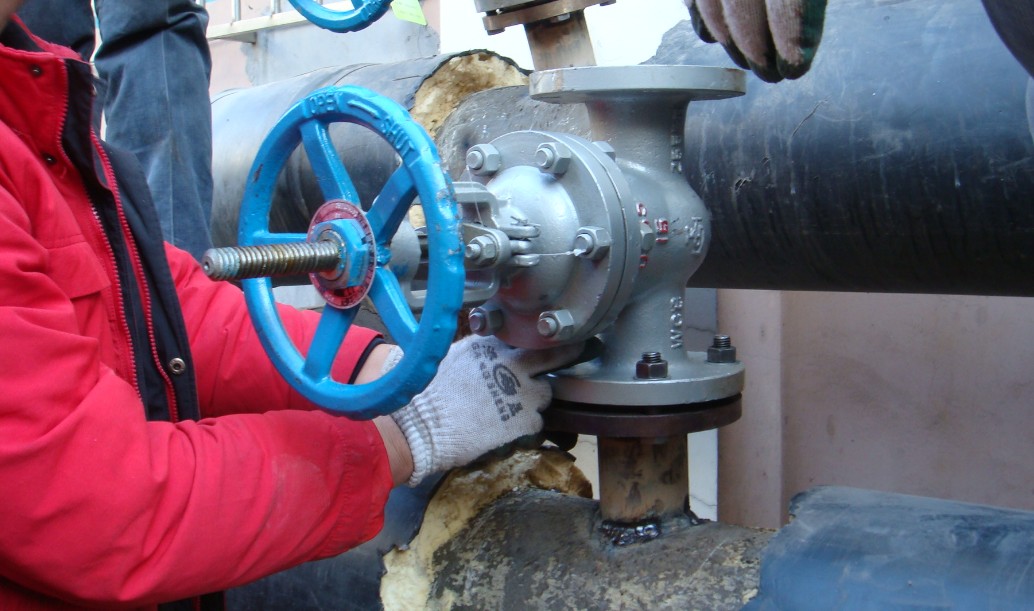
Valve installation
1) Installation requirements:
1.The valve used in the foam mixing pipeline has manual, electric, pneumatic and hydraulic valves. The latter three are used in large diameter pipes, or remote control and automatic control. They all have standard, and the valves used in the foam mixed liquid pipeline need to be pressed. The relevant standards are installed and the valve should have an obvious opening and closing sign.
2. Valves with remote control and automatic control functions shall be installed in accordance with the design requirements; when installed in an environment with explosion and fire hazards, the current national standard “Electrical installation engineering explosion and fire hazard environment electrical installation construction and acceptance specifications shall be adopted. Installation (GB50257-1996).
3.The steel pipe gate valve and check valve provided in the foam pipe of the 3 submerged injection and semi-liquid injection foam fire extinguishing system need to be horizontally installed, and the direction marked on the check valve should be consistent with the flow direction of the foam. Otherwise, the foam cannot enter the tank, but the medium in the tank may fall back into the pipeline, causing a bigger accident.
4.Pressure gauges, pipeline filters and control valves installed on the foam mixing liquid pipe at the inlet end of the high-multiple foam generator are generally installed on the horizontal branch pipe.
5.The automatic exhaust valve installed on the foam mixing liquid pipeline shall be installed vertically after the system is tested and flushed. The automatic exhaust valve provided on the foam mixing pipe is a special product that can automatically discharge the gas in the pipe. During the filling of the foam mixture (or water filling during commissioning), the gas in the pipeline will be naturally driven to the highest point or the final accumulation of gas in the pipeline. The automatic exhaust valve can automatically discharge these gases when the pipeline The valve will automatically close when filled with liquid. The vertical installation of the exhaust valve is a requirement of the product structure. It is installed after the system is tested and flushed, in order to prevent blockage and affect the exhaust.
6.The control valve on the foam mixing liquid pipe connected to the foam generating device shall be installed outside the pressure gauge interface outside the fireproof dyke and have obvious opening and closing signs; when the foam mixed liquid pipe is set on the ground, the installation height of the control valve is generally controlled at Between 1.1 and 1.5 m, when a cast iron control valve is used in an area where the ambient temperature is 0 ° C or less, if the pipe is placed on the ground, the cast iron control valve is to be installed on the riser; if the pipe is buried or placed in the trench, cast iron The control valve should be installed in the valve well or in the trench and antifreeze measures should be taken.
7.When the fixed foam fire extinguishing system in the tank area has the function of semi-fixed system, it is necessary to install the control valve and the pipe joint with the cover on the foam mixed liquid pipe outside the fire dam to facilitate the fire truck or other mobile fire protection. The equipment is connected to a fixed foam fire extinguishing device in the tank area.
8.The control valve set on the foam mixing liquid riser generally has a mounting height of 1.1 to 1.5 m, and needs to set an obvious opening and closing sign; when the installation height of the control valve is greater than 1.8 m, it is necessary to set the operating platform or operation. stool.
9.The return pipe with control valve provided on the discharge pipe of the fire pump must meet the design requirements. The installation height of the control valve is generally between 0.6 and 1.2 m.
10.The venting valve on the 10 pipe should be installed at the lowest point to facilitate the maximum emptying of the liquid in the pipe.
2) Test method: The first and second items are observed and inspected according to the requirements of relevant standards, and other observations and rulers are checked.


